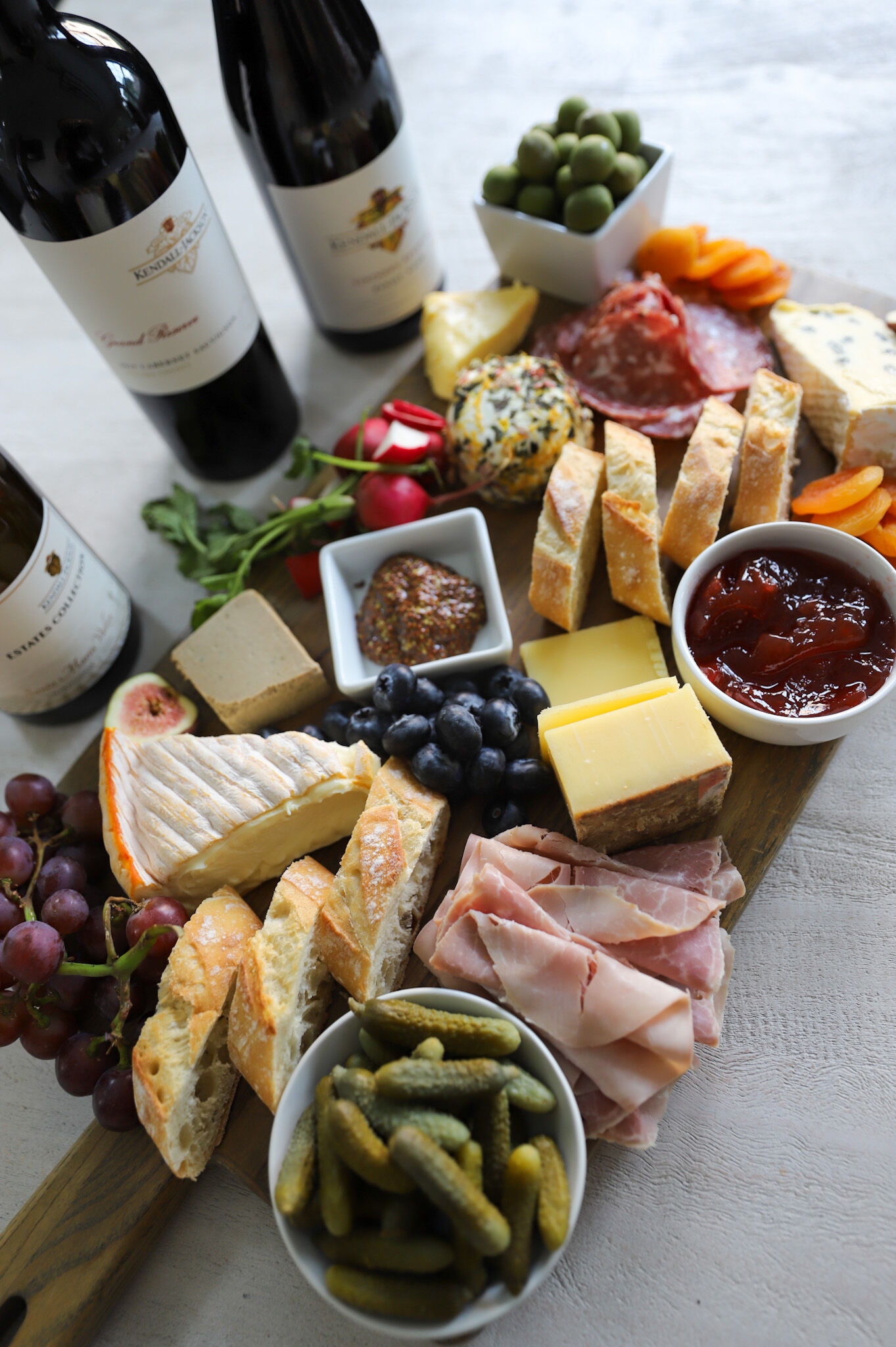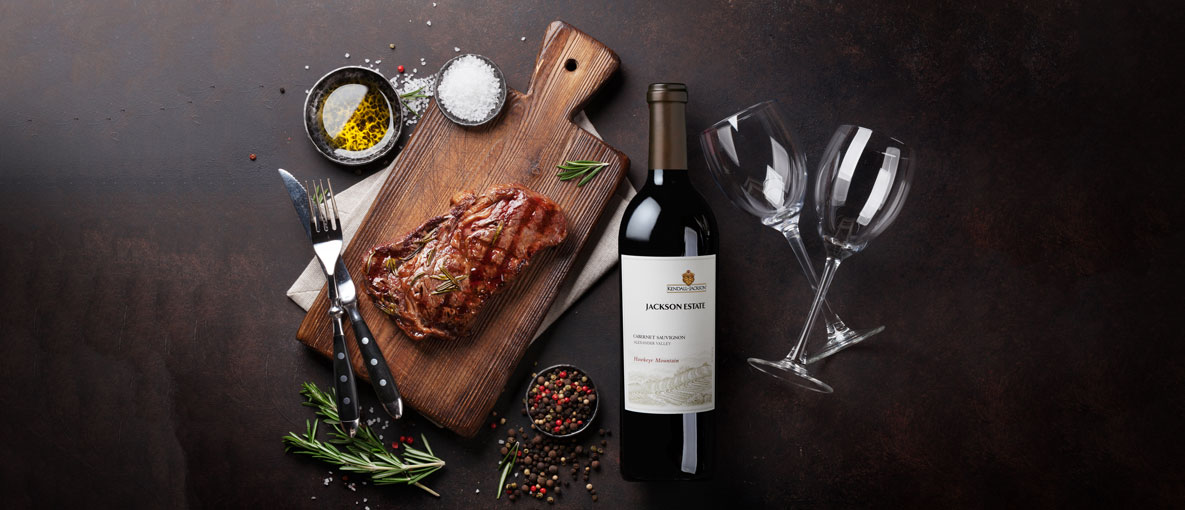How to Make a French Charcuterie Board
We have long looked to France for inspiration. Although (literally) a world apart, California and France share many similarities. From the renowned wine regions to diverse landscapes and of course, a strong emphasis on culinary excellence. As a country synonymous with food and wine, it’s no wonder cheese and charcuterie are both deeply embedded in French culture, playing a central role in French cuisine and everyday life. Each region in France has its own specialties and offers an unparalleled selection of cheeses and cured meats that reflect the local culture and traditions.
Let’s face it– as tempting as it may be to book a flight and indulge in authentic French fare, it may not be the most practical. Whether you’re a Francophile or a foodie, planning a dinner party, or just a cozy night in with friends, a well-curated spread can transform any gathering into a memorable experience. Here’s how to create an authentic French cheese and charcuterie board that combines tradition, flavor, and a touch of elegance. No plane tickets required.
French cheese, with its vast array of varieties, textures, and flavors, is considered some of the best in the world. The country produces over 1,000 different types of cheese. For a taste of France at home, we recommend a selection of 3 – 5 cheeses, varying between a mix of varieties to curate your very own Plateau de fromage (aka cheese platter).
Our top picks include:
- Brie – you can’t go wrong with a Triple Crème
- Gruyere or Comté – both are a semi-hard cheese
- Goat – we love the way an Apolline aux Fleurs, a beautiful fresh goat's milk cheese pressed with edible flowers, instantly adds elegance
- Bleu – don’t be intimidated by this classic
Like cheese, French charcuterie is highly celebrated for its quality and diversity. It includes a range of cured meats, sausages, pâtés, and terrines, often crafted using traditional methods passed down through generations.
We recommend choosing 3 options with contrasting textures to complement other items on the board, a few classics we love include:
- Jambon de Paris – a French cooked ham that’s rich, flavorful, lean, and low in both fat and salt
- Rosette de Lyon Salami – this traditional French dry sausage is made from pork and seasoned with spices for a chewy texture. Make it extra festive by using the rim of a wine glass to layer and stack pieces to create a salami rose.
- Mousse de Foie de Canard au Porto – a creamy, French duck liver mousse flavored with port wine and pork– another choice not to be intimidated by!

France takes its bread very seriously. Bread, particularly the baguette, is one of the most iconic French foods. In fact, there are strict regulations governing the production of bread in France. For example, the "baguette de tradition française" must be made from only flour, water, yeast, and salt, without additives. We recommend seeking out a local artisanal bakery (a boulangerie if you were in France) and pick out a fresh, classic baguette to slice and share alongside your spread.
The combination of cheese and fruit is a classic pairing in French cuisine, as the sweetness and acidity of the fruit complement the rich, savory flavors of the cheese. Fruit also adds visual appeal, making the presentation more inviting and colorful. Common fruits that are typically served on French cheese boards include:
- Grapes – a traditional choice that pairs well with a variety of cheeses
- Figs – fresh or dried figs add a touch of sweetness and a unique texture
- Berries – we chose blueberries to add vibrant color and a tart-sweet flavor
- Dried apricots – a common addition, providing a chewy texture and sweet flavor
Vegetables are not as traditional on French cheese boards as fruits. However, more modern or eclectic versions love to include a few of these selections to cater to different tastes, texture, and dietary preferences:
- Cornichons – a small pickle flavored with tarragon to provide a tangy contrast to rich cheeses. ‘Cornichon’ also just so happens to translate to ‘idiot’ in French slang, perfect for adding humor to your board.
- Olives – an always popular choice for adding briny, savory flavors
- Radish – their crisp texture and slightly spicy flavor can add a refreshing element
Take your cheese and charcuterie up a notch by adding a few staples sure to be found in every French pantry:
- Salted French butter – it’s not just all the rage on TikTok, it’s another French delicacy that can heighten the simplest bite
- Jams – from apricot to fig to raspberry, fresh jam adds a tart-sweet element that can complement both soft and hard cheeses
- Whole grain mustard – adds a tangy, spicy kick and pairs particularly well with strong cheeses like Comté, Gruyère, or even blue cheeses
Don’t forget to serve your spread with a few bottles of wine. It’s all about balancing the flavors and textures of the wine with your selections. As the star of the show, we recommend a few bottles of differing varieties to complement the fat and acid of the cheese and charcuterie. Of course, we’re opting for three famously French varieties:
- Cabernet Sauvignon – the wine's structure and tannins help balance the saltiness and richness of cured meats while cutting through the richness of strong cheeses
- Pinot Noir – the wine’s lighter body and acidity make it a versatile choice to complement the creaminess of cheese without overpowering
- Chardonnay – especially the oaked varieties, pairs well with creamy and rich cheeses and the wine’s acidity and richness can handle the varied flavors of charcuterie without overpowering




